Many people travel to Sin City expecting bright lights, jingling slot machines, all-night parties, crowded pool clubs and world-class dining experiences. Indeed, Las Vegas is all of this and more … within the city limits. People are often surprised to discover that Las Vegas is situated near many national parks and natural wonders, making it an ideal location for outdoor enthusiasts as well.
If you’re tired of the air conditioning and lack of windows on the Strip and want to venture beyond the neon lights, here are a few things you can do to get outside near Las Vegas.
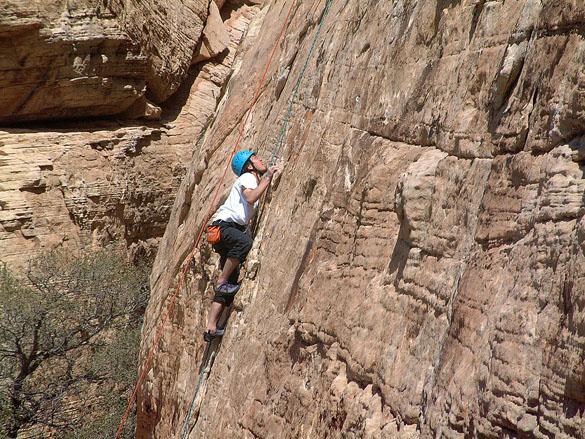
Climbers from around the world come to the Las Vegas Valley for the rock climbing and bouldering opportunities. Red Rock Canyon, located approximately 20 minutes from the Las Vegas Strip by car, is known for its steep, moderate routes and technically challenging longer routes. A variety of cracks, pitches and edges without the crowds and noise of other popular climbing areas also make this a popular place to climb. There are bolted anchors on the most popular climbs, and many guidebooks have been written for those who’d like to find the less visited routes.
Many of the hiking trails in Red Rock Canyon also require some rock scrambling, which appeals to people who enjoy bouldering. Though there aren’t documented problems on all of the park’s rocks, you’ll undoubtedly find some technically challenging ways to climb them.
If you’re up for a long day trip or a two-day excursion away from Las Vegas, consider driving up to Zion National Park in southern Utah (approximately a 160-mile drive). Known for its slot canyons and stunning beauty, Zion offers plentiful opportunities for experienced climbers to wind their way up and down the park’s canyon walls. There are also two bouldering sites in Zion: the Bunny Hop Boulder and Drilled Pocket Boulder. The popular backcountry Subway trail also requires some rock scrambling.
Joshua Tree National Park, which has countless bouldering opportunities, is also within driving distance of Las Vegas. Located about 220 miles from the city in southern California, Joshua Tree is littered with interesting and challenging bouldering problems, many of which have been documented in climbing guides.
Those interested in rock climbing or bouldering can rent crash pads and shoes from Red Rock Climbing Center in Las Vegas.
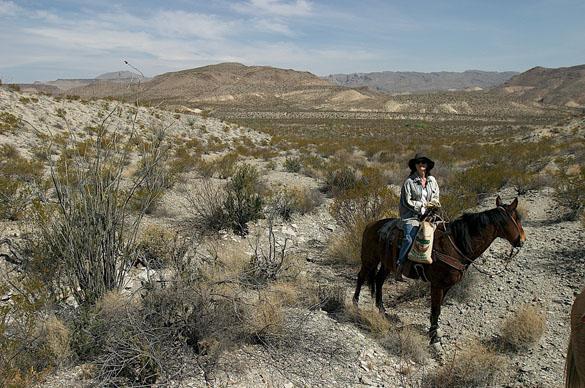
With all of the bright lights and architectural wonders packed onto the Strip, it can be easy to forget that outside Las Vegas’ city limits, this area is still very much like the Wild West. With this in mind, grab your cowboy hat and sign up for one of the many horseback riding tours available in the area. Red Rock Canyon is a hot spot for horseback riding (and you may also see wild horses as well); rides generally range from one hour to half a day. If you prefer a cooler locale, consider horseback riding on Mt. Charleston; at nearly 12,000 feet at its highest point, it is often 20 to 30 degrees cooler than the city.
If you’d like to venture farther out of Las Vegas, there are many places in northern Arizona and in southern Utah that offer horseback riding tours as well. A quick internet search brings up many outfitters also willing to take visitors through the Grand Canyon (275 miles), Zion and Bryce Canyon (260 miles) National Parks on horseback.
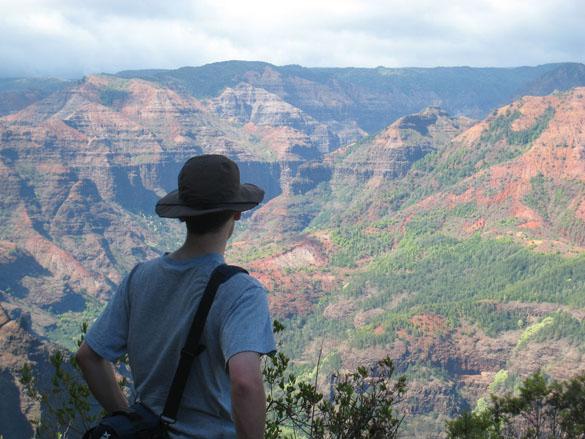
The options for hiking around Las Vegas are plentiful and range from short, easy trails to long, strenuous and hard-to-navigate treks. Located 55 miles northeast of Las Vegas, Valley of Fire State Park gets its name from the red sandstone formations, and the trails that cross this park include scenic loop trails and one that leads to examples of ancient Indian rock art.
Many visitors and locals also visit Red Rock Canyon for the hiking, which includes short, half-mile interpretive trails to longer, more strenuous trails requiring rock scrambling. Several of the hikes wind back into slot canyons or to seasonal lakes or springs.
If you’re up for a day trip or an overnight stay away from Las Vegas, there are numerous national parks within driving distance, all of which offer interesting hiking trails that accentuate the desert landscape. Joshua Tree and Death Valley (140 miles) National Parks have trails that are exposed to the elements, while Zion and Bryce National Parks offer hikes shielded from the sun in canyons and under sporadic tree cover. There is also lots of hiking on both the north and south rims of the Grand Canyon, though you’ll need a backcountry permit if you’d like to hike into and stay the night in the canyon.
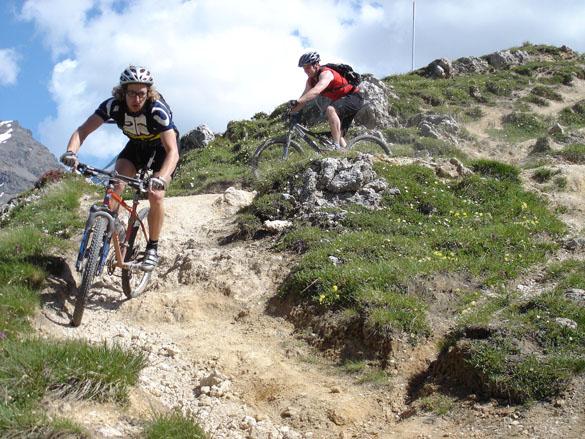
Though Las Vegas is admittedly not a particularly friendly bike town, there are places to cycle, and there is an active group of bicyclists in the city. It’s not uncommon to find cyclists by the dozens on Charleston Avenue heading west out of the city toward Red Rock Canyon. The 13-mile scenic loop through the conservation area is hilly and technically challenging, and many cyclists use this terrain for training. They also train on some of the trails located on Mt. Charleston.
There is a section of the Railroad Tunnel Trail, located between Lake Mead National Recreation Area and Hoover Dam, that is popular with recreational cyclists as well. It is approximately five miles out and back along the lake and passes through five tunnels.
Several bike shops offer road, mountain and hybrid bike rental in Las Vegas. A quick internet search brings up many options.
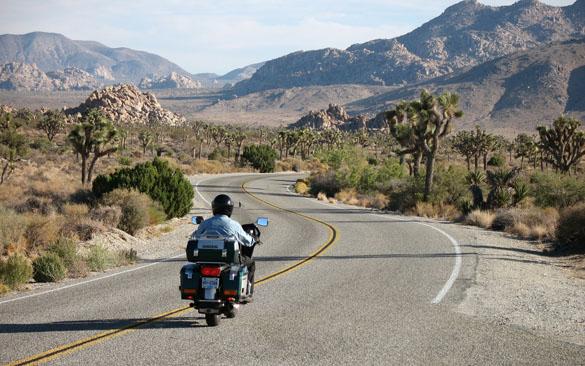
The desert scenery, year-round sunny weather and wide-open spaces surrounding Las Vegas are immensely popular with motorcyclists. Again, the 13-mile scenic loop around Red Rock Canyon is a hot spot, but so are day trips through Valley of Fire, around Lake Mead and along the scenic roads leading to the Grand Canyon.
If you like to ride in a group, rub elbows with other motorcycle enthusiasts at the Harley-Davidson Cafe on Las Vegas Boulevard, and you’ll likely find other people interested in taking a day trip. Motorcycle rental is found throughout the city. It is Nevada law that all motorcyclists must wear a helmet.
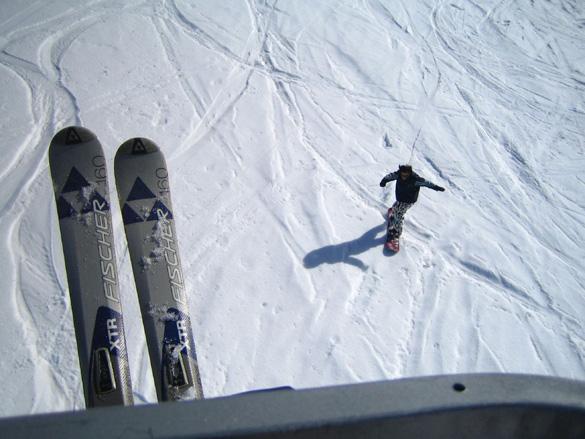
It’s hard to believe that just 35 minutes from the Las Vegas Strip is a popular ski resort. Several hundred feet of snow drop on Mt. Charleston every winter. Las Vegas Ski & Snowboard Resort is located here and has 11 trails for skiers and snowboarders of varying skill levels. Beginners can sign up for ski lessons as well.
Depending on the weather, the ski lodge is generally open from October to May. Skis and snowboards are available for daily rental.
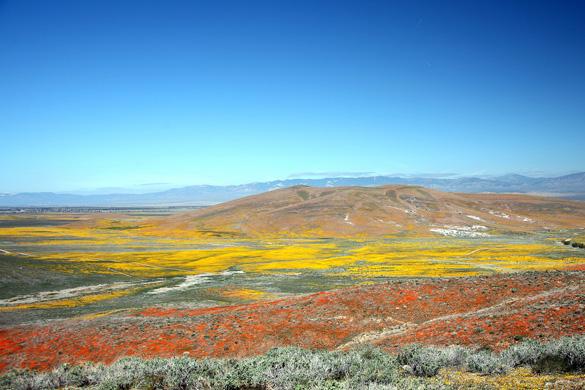
Though the Las Vegas Strip offers numerous opportunities for fun and interesting photography, the natural setting outside the city limits is also worth catching on camera. The red sandstone, brilliantly colored flowers and stunning sunsets are just a few of the highlights of the desert landscape that photographers will want to capture. Come in the spring for blooming cacti, and, in the summer, get up before the sun rises to catch wildlife in action.
Because Las Vegas sits in a valley and the only truly elevated part of the city is the Strip, there are numerous places on the surrounding mountains where photographers can go at night to catch the skyline lit up in all its Vegas glory.
Photo credit: Rock climbing (levork), horseback riding (charlie llewellin), hiking (Andrew Turner), cycling (spakman), motorcycle (VideoVik), skis (lucky luke09), desert flowers (tylerdurden1)